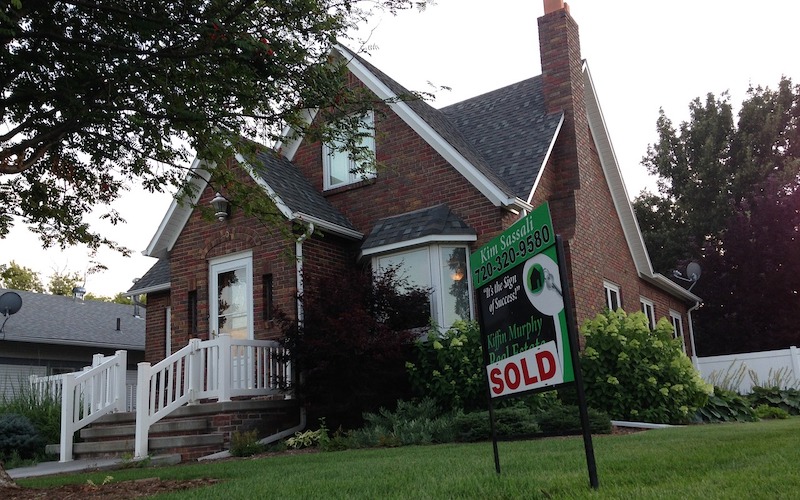On average, people in the U.S. sell their home every nine years. With more and more people installing smart devices in their homes, it is going to become more and more common for smart homes to come up on the market. A few builders are even installing smart home devices in the new homes they are building.
When the vast majority of smart homes used systems from Crestron, Control4, Savant, and AMX, selling a smart home didn’t require overcoming any major challenges. All that needed to be done was:
- Change passwords used for access to the system.
- Change the names of a few rooms that were either going to be used differently by the new owners or that included people’s names.
In addition, the integrator that installed the system would gladly assist in the process of adapting it for the new owners and, in the process, developing a relationship with them.
Today’s smart home systems are more likely to include products from multiple manufacturers that are tied together through connections to a hub, smart speaker (Amazon Alexa or Google Home), and possibly IFTTT. In addition, all these devices have cloud services that require password protected accounts where each of these accounts is registered to the homeowner.
In most cases, there isn’t an easy way to transfer these accounts to a new owner. So, when a device is de-registered from the seller and assigned to an account setup by the new owner, all the configuration, programming, and connections to other services that make the smart home function intelligently, are lost. This leaves the new owner with lots of smart hardware that doesn’t function as a smart home anymore. So, instead of a smart home being a major selling point to a perspective buyer, it becomes a detriment.
Amazon Alexa devices are a good example of this problem. The only process for transferring an Alexa device to a new owner is to de-register the device and then have the new owner register it under their account. If routines, groups, and even programs have been created (such as with skills blueprints) to make the home easier to operate, all of this would be lost when the device is de-registered.
A Samsung SmartThings hub is another example. Each SmartThings hub is tied to a Samsung account that is tied to the owner of the hub. The only way to change the owner of the hub is to reset it and this will delete all devices connected to the hub, automations, routines, etc.
However, all is not lost and the solution is very simple; just treat each smart home as an entity with its own email account, usernames, and passwords.
For example, an account for the smart home hub that provides connections to the Zigbee/Z-Wave smart switches and the smart thermostat might have the following attributes:
First Name of Account Holder: My
Last Name of Account Holder: House
Address: 150 Main Street, Anytown, Anystate
Email account: Anystate-Anytown-150MainSt@gmail.com
Where the address used would be the actual address of the home. Then, the same account attributes would be used for all the other cloud service accounts that are required by the smart devices in the home. Now when the home is sold, the only change required by the new homeowner is to log into each account and change the password. None of the configuration, programming, or interconnections between devices will be lost. In addition, the vast majority of email client applications include the ability to integrate multiple email accounts into the single reader. So, this won’t pose any major burden on the homeowner to keep track of notifications that may be sent out by the various smart devices in the home and their manufacturers.
This may seem like a negative reflection on smart hubs. However, as I mentioned in my previous article on hubs, they offer an added degree of security compared to using Wi-Fi switches and outlets in a home. In addition, a hub only requires a single manufacturer’s cloud account compared to having to manage accounts for each brand of Wi-Fi switch/outlet in a home.
I had some concerns as to whether the creation of a house account would be allowed by a company, like Amazon. However, a call to tech support confirmed that this was allowable and that the process would keep all configuration and programming intact when the house account, and the associated devices, were taken over by the new owner of the home.
While this technique works very well for someone who is going to begin adding smart devices into a home, what is someone that already has an array of smart devices in their home to do? Once devices are registered in the name of a homeowner, there isn’t an easy solution. In some cases, the manufacturer’s tech support can transfer the device to a new account without losing the data for their device. But, the interconnection between devices from multiple manufacturers has a good chance of being lost when this is done.
In a home with smart devices from multiple manufacturers that are integrated together and registered directly to the homeowner my suggestion is to:
- Document all the connections, configuration, and programming done on each device
- Transfer registration of each device to an account setup for the home as described above
- Using the documentation, reconfigure each device, its connections, and programming to make the smart home functional again
The sooner this is done the easier it will be. The homeowner’s memory of all the details of the devices in smart home will probably fade over time, making it more difficult to document the details of the design. And, the number of smart devices in the home will probably continue to grow over time, making it even more work to do this in the future.
Hopefully this technique will save a great many people issues when selling their smart homes.
For more from Jay Basen, visit his blog, Topics in Home Automation.








